Tag: DNC
-
Republican party committees lead in cumulative fundraising as of third campaign finance deadline of the 2026 election cycle

As of March 31, 2025, the end of the most recent party committee campaign finance filing period, the three committees associated with the Democratic Party have raised a cumulative $96 million and spent $89 million in the 2026 election cycle, while the three committees associated with the Republican Party have raised $113 million and spent…
-
RNC leads DNC in cash on hand for first time this election cycle
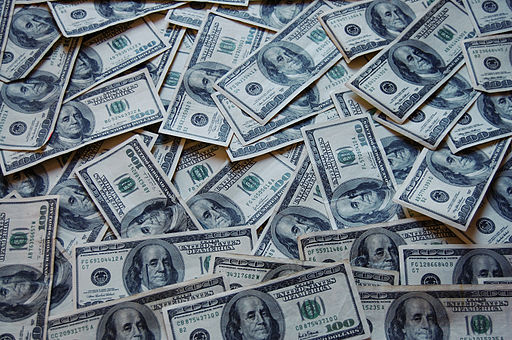
As of June 30, 2024, the end of the most recent party committee campaign finance filing period, the three committees associated with the Democratic Party have raised a cumulative $636 million and spent $472 million for the 2024 election cycle, while the three committees associated with the Republican Party have raised $586 million and spent…
-
Cumulative Democratic and Republican party committee fundraising reached $1 billion in May
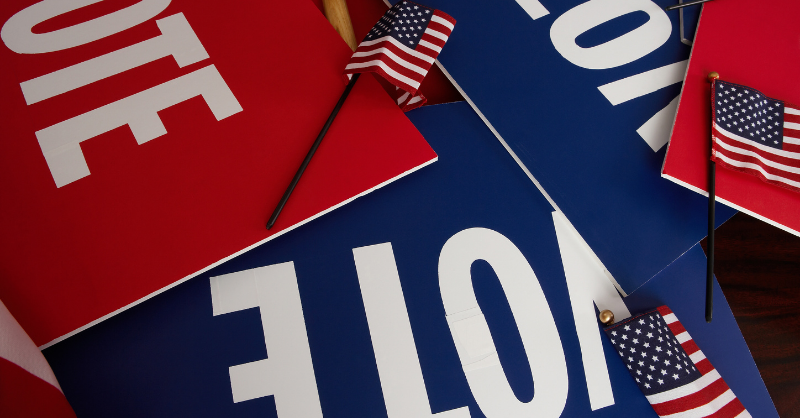
As of May 31, 2024, the end of the most recent party committee campaign finance filing period, the three committees associated with the Democratic Party have raised a cumulative $565 million and spent $428 million for the 2024 election cycle, while the three committees associated with the Republican Party have raised $486 million and spent…
-
Democratic party committees cumulatively outraise Republican counterparts for thirteenth consecutive month
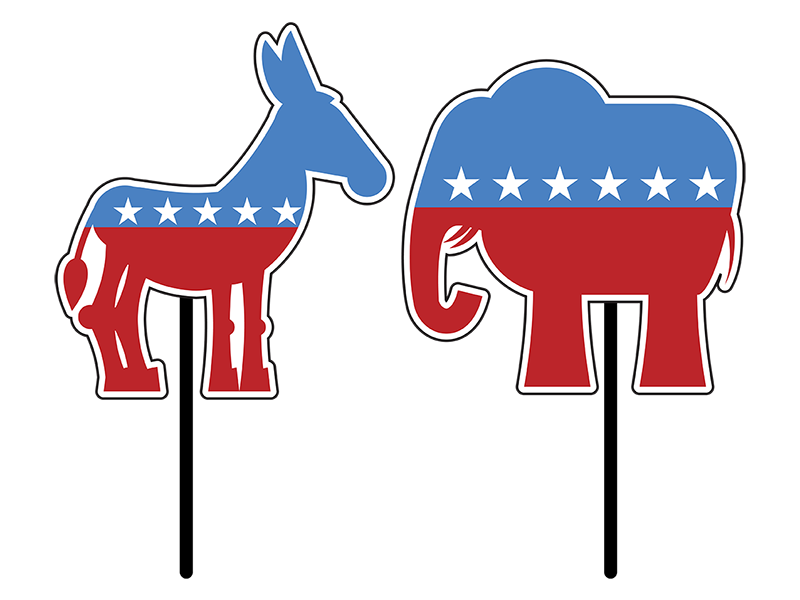
As of Jan. 31, 2024, the end of the most recent party committee campaign finance filing period, the three committees associated with the Democratic Party have raised a cumulative $352 million and spent $305 million for the 2024 election cycle, while the three committees associated with the Republican Party have raised $288 million and spent…
-
Democratic party committees lead Republican counterparts in cumulative fundraising

As of June 30, 2023, the end of the most recent party committee campaign finance filing period, the three committees associated with the Democratic Party raised a cumulative $156 million for the 2024 election cycle, while the three committees associated with the Republican Party have raised $134 million. The three Democratic committees are the Democratic…
-
How 2016 and 2020 Democratic presidential contenders performed in newly proposed early primary states
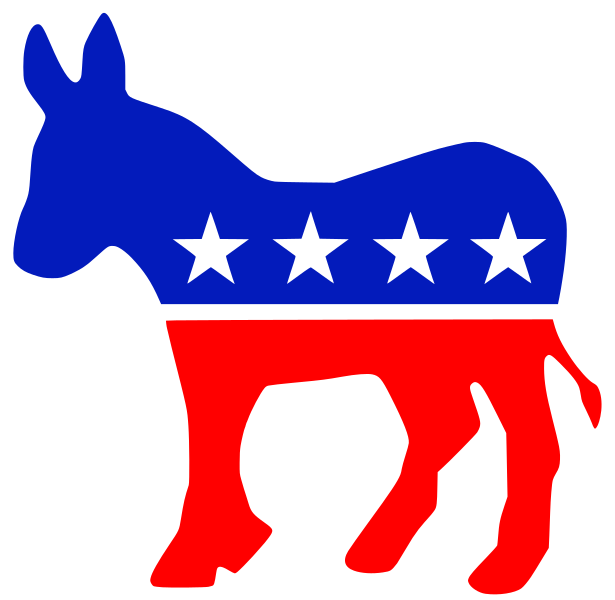
The Democratic National Committee’s Rules and Bylaws Committee voted on December 2, 2022, to approve a proposal changing the early presidential primary schedule in 2024. South Carolina was selected as the first primary state, followed by New Hampshire and Nevada on the same day, then Georgia, and Michigan. The proposal still awaits an approval vote…
-
Major party committees have raised $531 million in 2021
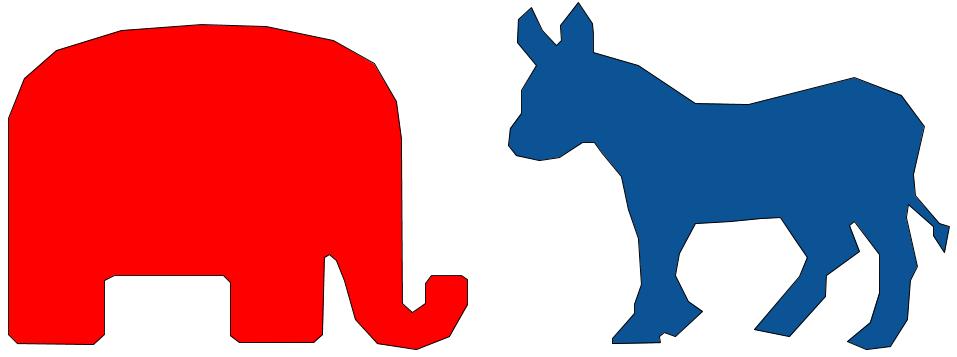
Six party committees have raised a combined $531 million over the first eight months of the 2022 election cycle. In August, the committees raised $58 million, according to recent filings with the Federal Election Commission. The National Republican Senatorial Committee (NRSC) raised $8.0 million and spent $6.9 million in August, while the Democratic Senatorial Campaign…
-
Six national party committees raise combined $2 billion this cycle
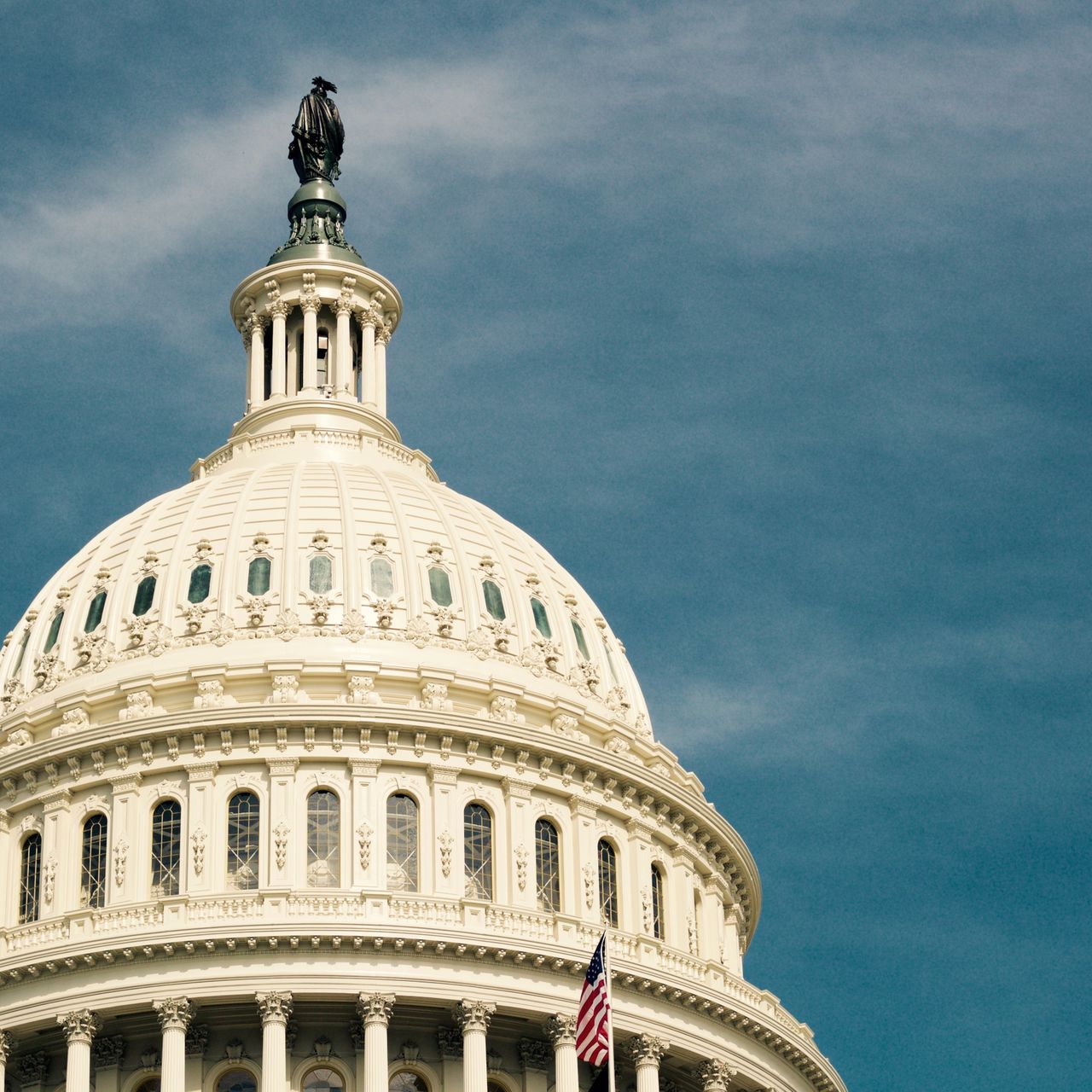
Six party committees have raised a combined $2 billion since January 2019, according to pre-general election campaign finance reports filed with the Federal Election Commission (FEC) on October 22. The reports covered all fundraising and spending between October 1 and October 14. Democrats and Republicans each have three party committees: a national committee to coordinate…
-
DNC outraises RNC for second consecutive month

The Democratic National Committee (DNC) outraised the Republican National Committee (RNC) in September, its second consecutive month leading in fundraising, according to campaign finance reports filed with the Federal Election Commission. Last month, the RNC raised $71.8 million and spent $108.6 million, while the DNC raised $76.0 million and spent $62.8 million. So far in…
-
RNC outraises DNC by two-to-one, Democratic Hill committees outraise Republican counterparts
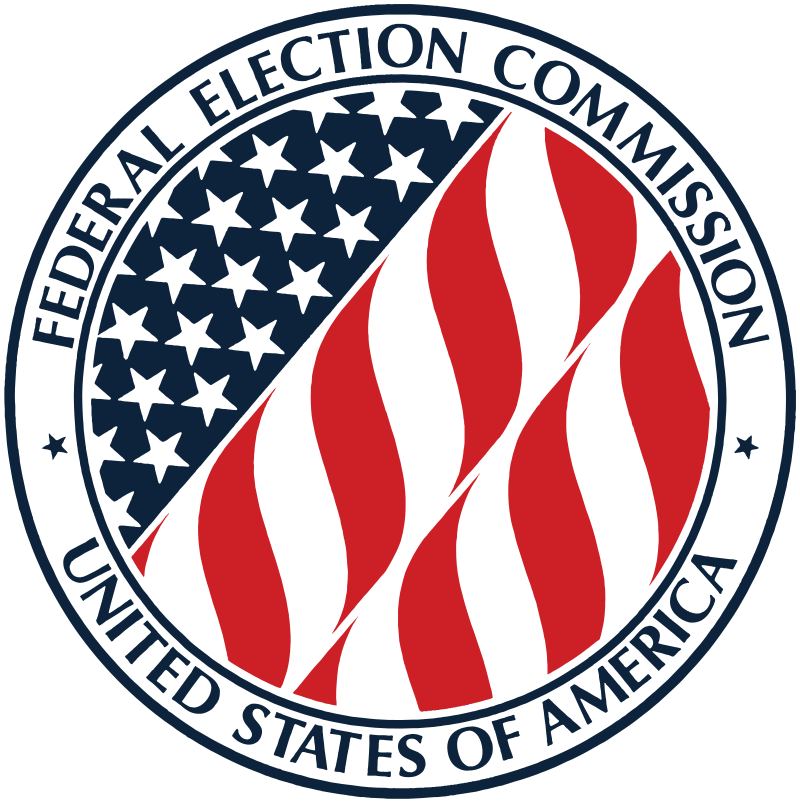
The Republican National Committee (RNC) outraised the Democratic National Committee (DNC) by more than two-to-one last month, according to June 2020 campaign finance reports filed with the Federal Election Commission June 20. This was the second month in a row in which the RNC outraised the DNC. The Democratic Senatorial Campaign Committee (DSCC) raised $11.2…

